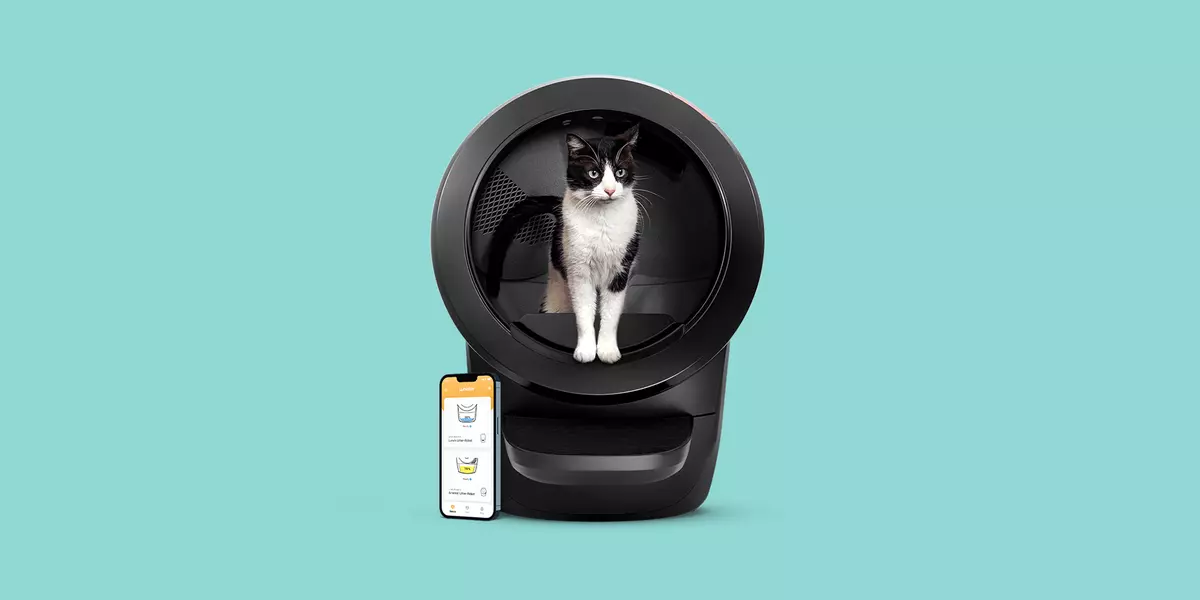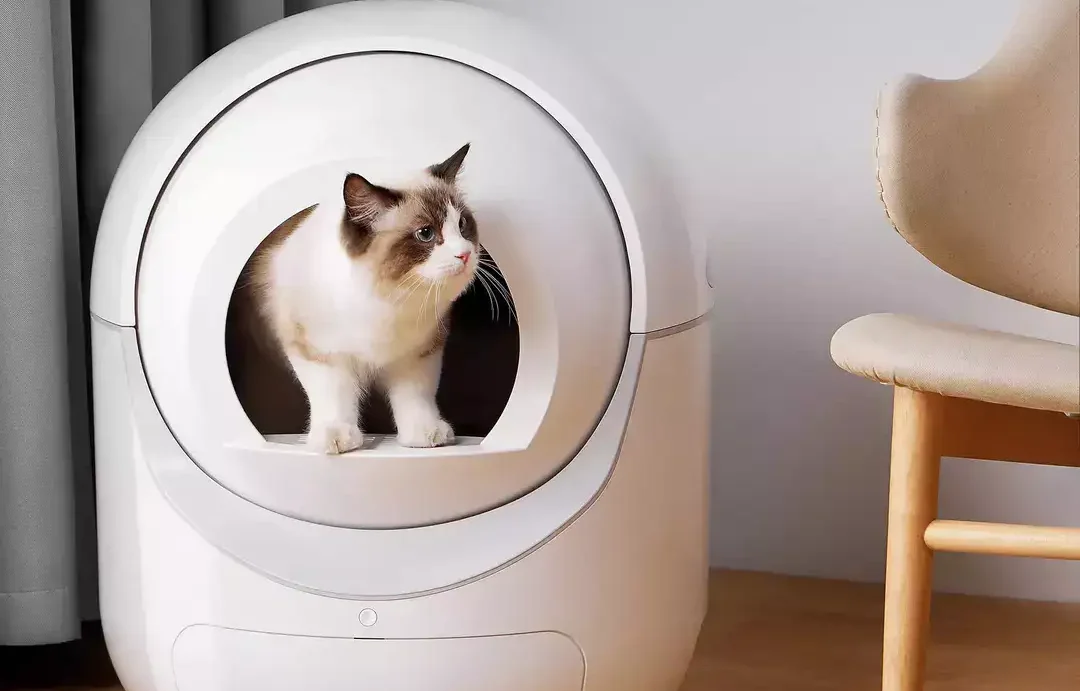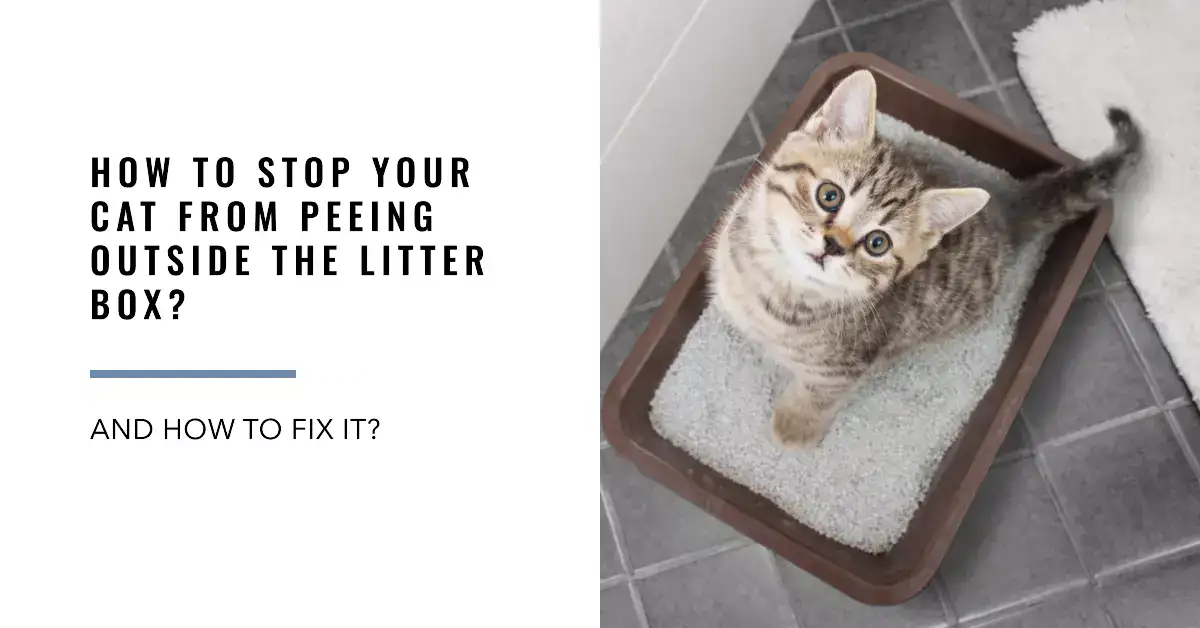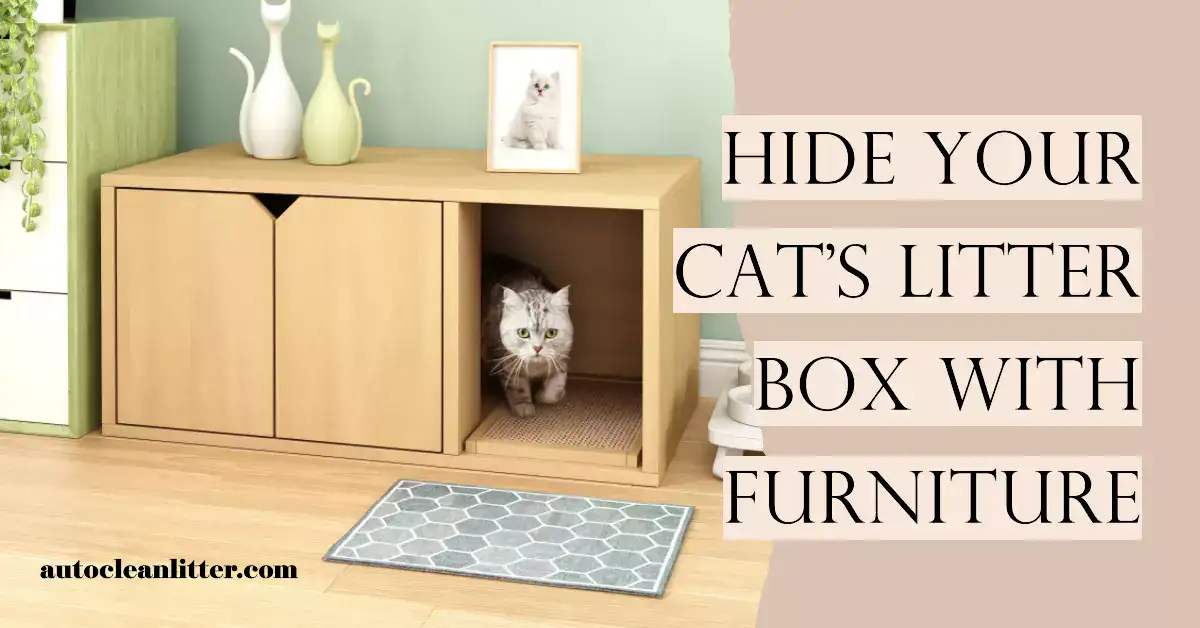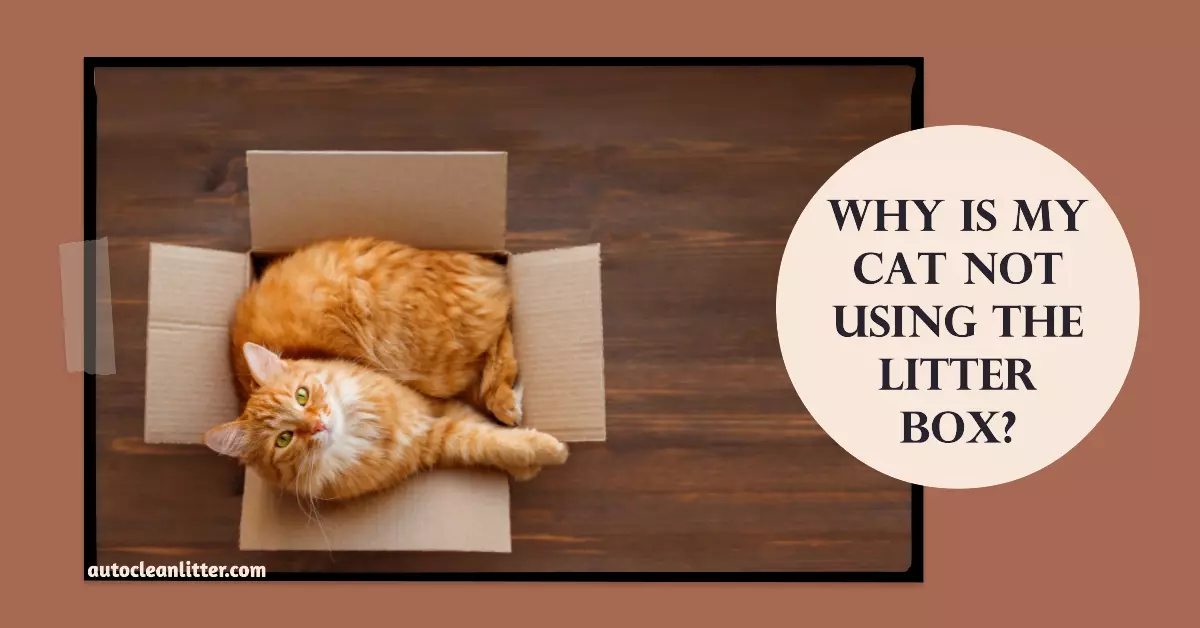Caring for a cat involves ensuring its health and well-being, and a common concern among cat owners is how to get rid of cat fleas. Fleas are notorious pests, and understanding their impact on our feline companions is crucial to addressing infestations promptly. This guide delves into what fleas are, their effects on cats, and why immediate action is often necessary to tackle these persistent pests.
1 What Are Fleas and How Do They Affect Cats?

Fleas are tiny, wingless insects that thrive by feeding on the blood of their hosts, which include cats, dogs, and even humans. Known for their incredible jumping ability, a single flea can leap up to 150 times its own body length, making it an adept parasite. Fleas pose numerous risks to cats, including excessive itching, skin irritations, and potential blood-borne illnesses.
The saliva of fleas can cause allergic reactions, leading to conditions such as flea allergy dermatitis in sensitive cats. This condition manifests as severe itching, hair loss, and scabs. Furthermore, fleas are vectors for transmitting harmful diseases like “cat scratch disease,” which can affect both cats and humans. They might also carry tapeworm eggs, potentially leading to parasitic infections. For a deeper understanding of the risks associated with fleas, you could explore flea bites and protections against them.
2 Common Signs of Fleas on Cats

Detecting fleas early is vital to manage an infestation effectively. Common signs that a cat may be battling fleas include persistent scratching, skin redness, and the presence of flea dirt—tiny black spots that are actually flea feces and resemble ground pepper. Cats might also exhibit unusual grooming behavior, attempting to relieve the intense itching caused by flea bites.
Other indicators include the appearance of small red bumps on the skin, hair loss in certain areas where the cat tends to scratch, and anemia in severe cases due to blood loss, especially in kittens or older cats. Regularly inspecting your pet, particularly around the neck, abdomen, and tail—areas where fleas are often found—can help catch infestations early. For more in-depth advice on dealing with flea infestations, visiting resources like effective flea prevention and treatment strategies can be beneficial.
3 Why Immediate Action Is Crucial

Addressing flea infestations quickly is imperative not only to relieve your cat’s discomfort but also to prevent a full-blown infestation in your home. Fleas reproduce rapidly, with a single female capable of laying up to 50 eggs a day. These eggs fall off your pet and into the environment, leading to infestations in carpets, bedding, and furniture.
A delayed response may result in a major infestation that is not only costly and time-consuming to treat but can also lead to serious health risks for your cat, including anemia, especially in vulnerable cats like kittens, seniors, or those with existing health conditions. By taking swift action, you can effectively tackle the problem and protect your cat and home environment from further harm.
In conclusion, understanding the nature of fleas, recognizing their signs, and taking immediate action is essential in protecting your feline friend. Regularly maintaining your cat’s hygiene and home cleanliness will also serve as preventative measures against these persistent parasites. For comprehensive cleaning strategies post-flea treatment, you can refer to resources on keeping your cat’s environment pristine.
4 Effective Ways to Get Rid of Cat Fleas
Grooming and Hygiene Practices

Maintaining your cat’s hygiene is pivotal in managing and preventing flea infestations. Regular grooming not only helps in reducing existing flea populations but also eases your cat’s discomfort. A structured grooming routine can be an effective step in your fight against these pesky parasites.
Using a Flea Comb to Remove Fleas
An integral tool in your flea-fighting arsenal is a flea comb. Designed with tightly spaced teeth, this comb traps and removes fleas as well as their fecal matter, commonly known as “flea dirt.” Be sure to focus on high-risk areas such as the neck, armpits, and tail base. A handy tip is to dip the comb in a bowl of soapy water after each stroke to kill caught fleas instantly.
Daily combing sessions not only aid in flea removal but also grant you a chance to check for any other bugs that’s been bothering your feline friend.
Bathing Your Cat: What Products Work Best?
Bathing your cat can further reduce fleas, especially when using the right products.
Pet-specific flea shampoos can be effective, but some pet owners opt for soaps like Dawn due to its flea-killing properties. Nevertheless, balance is crucial as frequent washing may lead to dry skin. Take care not to disrupt topical treatments by bathing your cat too often.
Natural Remedies for Flea Control

While commercial treatments are effective, some cat owners prefer nature’s bounty when tackling fleas. Natural remedies might work best in conjunction with other methods or as preventative measures.
Essential Oils and Their Safety for Cats
Essential oils are often hailed for their pest-repelling properties. However, caution is necessary as not all oils are safe for cats. Effective oils include rosemary and chamomile, but always dilute them appropriately to avoid irritation.
Diatomaceous Earth: A Natural Flea Killer
Diatomaceous Earth (DE) is another popular option. This fine powder, safe for both humans and pets, desiccates fleas by eroding their waxy exoskeletons. Apply food-grade DE to your cat’s environment and any favorable flea hideouts.
Topical and Oral Medications

The cornerstone of effective flea control involves choosing between topical and oral medications. These treatments often provide immediate relief from flea infestations and prevent further occurrences.
Popular Topical Treatments
Topical applications are a go-to remedy for many cat owners. Brands like Revolution and Advantage II disrupt flea life cycles, ensuring comprehensive control. These medications usually require monthly applications and can be especially effective for cats that don’t mind spot treatments.
Oral Flea Preventatives and Their Benefits
Oral preventatives like Credelio provide another solution, proving effective in treating and preventing fleas. Oral treatments are often injected into snacks, making them easy to administer. Remember, consistency is key when using any form of flea medication.
Environmental Control Strategies

Environmental control is crucial in fully exterminating fleas, as effective flea control doesn’t end with your cat. Ensuring your home remains flea-free shields your pets and family from future infestations.
Vacuuming and Cleaning Your Home
Regular vacuuming can tremendously impact flea populations. Target not only carpets but also hardwood, upholstery, and all nooks where fleas could hide. Always empty the vacuum bag immediately to prevent any larvae from escaping.
Frequent laundry is equally important, particularly washing pet bedding, toys, and covers where your pet often lounges. Use hot, soapy water to ensure any lingering fleas or eggs are eradicated.
Treating Your Yard to Prevent Flea Infestations
Your yard can harbor hidden flea populations. By limiting your cat’s exposure to outdoor fleas, and treating your yard with natural or chemical solutions, the likelihood of fleas making their way indoors is reduced. Planting flea-repelling plants such as marigold or using cedar chips can be beneficial.
Professional Veterinary Solutions

In cases of severe infestations, consulting a veterinarian is highly advisable. They can prescribe specialized medications or treatments tailored specifically to your pet’s health needs.
Consulting a Vet for Severe Infestations
Veterinary advice is invaluable for severe infestations or cats showing symptoms of flea-borne diseases. Vets can provide a tailored treatment plan considering your cat’s overall health and any existing conditions, as outlined in resources like Understanding Epilepsy in Cats.
Prescription Medications for Instant Relief
Prescription medications offer potent and quick relief from fleas. Drugs like Dawn dish soap provide an interim solution, but medications from a vet are necessary for addressing the entire flea lifecycle effectively.
DIY Flea Traps and Deterrents

Do-it-yourself flea traps and deterrents can complement your other treatments, offering an additional layer of defense against these resilient pests.
How to Make a Simple Flea Trap
A simple yet effective flea trap involves a bowl of soapy water placed under a light source. The light’s heat attracts fleas, which then jump into the water and drown. Regularly check and refresh your traps for efficiency.
Using Light and Heat to Attract Fleas
Light and heat can be a flea’s downfall. By installing strategic lighting setups around your home, you can direct fleas into a controlled environment where traps or other deterrents await. Remember, these tactics are best used in conjunction with thorough cleaning and treatment regimes.
5 Long-Term Prevention and Maintenance
Year-Round Flea Prevention Strategies

One of the most effective methods to keep your cat flea-free all year is to maintain a consistent prevention strategy. This involves a combination of medication, environment management, and lifestyle adjustments.
Regular Use of Preventative Medications
Administering regular preventative medications is crucial in keeping your cat safe from fleas. Products like Revolution or Advantage II are frequently recommended by veterinarians for their proven efficacy. These preventatives work by disrupting the flea’s lifecycle, stopping infestations before they start.
Keeping Indoor Cats Safe from Fleas
Even indoor cats are susceptible to fleas, as the pests can easily hitch a ride indoors on humans or other animals. Keeping your home clean and vacuuming frequently can help mitigate the risk of fleas for your indoor pets. For more in-depth information on protecting indoor cats from fleas, you can check this guide.
Monitoring and Early Detection

Routine monitoring of your cat’s coat and skin can help in the early detection of fleas, preventing full-blown infestations.
How to Check for Fleas During Grooming
During grooming sessions, use a fine-toothed flea comb to check for signs of fleas, such as “flea dirt” or eggs. Start at the neck and work your way down your cat’s back, focusing on the tail and groin areas where fleas like to cluster.
Signs of Reinfestation to Look For
If you notice persistent scratching, hair loss, or black specks on your cat’s skin, it might be an indication of flea reinfestation. Spotting fleas early can save your cat from discomfort and your home from a pervasive flea presence.
Maintaining a Flea-Free Environment
Minimizing the risk of fleas also includes keeping your cat’s surroundings clean and hygienic.
Cleaning and Sanitizing Cat Bedding
Regularly washing your cat’s bedding in hot water is a simple yet effective method to kill any flea eggs or larvae. It’s also advisable to clean any areas where your cat frequently rests to ensure no fleas linger.
Effective Use of Flea-Repelling Plants
Flea-repelling plants like lavender and marigolds not only adorn your home with beauty but also can deter fleas with their natural scents. Incorporate these plants as part of your herbal defense against fleas both inside your home and in outdoor cat areas.
Integrating Flea Prevention Into Your Routine

Consistent routines greatly aid in the prevention of fleas. They help maintain a healthy, stress-free environment for your cat.
Scheduling Regular Vet Visits
Routine vet visits are essential not just for health check-ups but also for effective flea prevention discussions. Vets can recommend both medical and natural treatments suitable for your feline friend’s specific needs. For more insights, check out these guidelines on regular health checks.
Combining Natural and Medical Approaches
Utilizing both natural and medicinal flea control methods provides the best defense. Besides medications, incorporating herbal flea collars or using diatomaceous earth around your home can help prevent an infestation. Remember, always consult your veterinarian before trying a new treatment.













